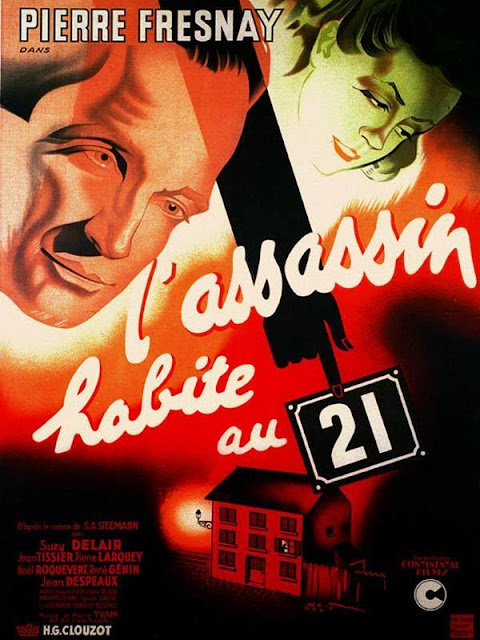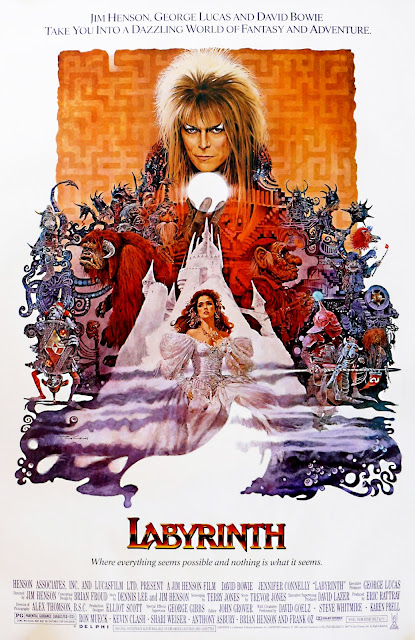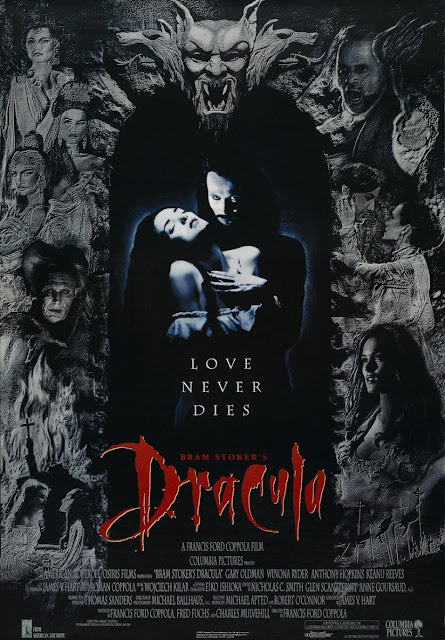A Boy And His Dog (1975) **1/2

A Boy And His Dog (1975) is a tough movie to rate and discuss without spoilers and a different experience in 2019 than I'm sure it was when it was released (or maybe not for women?). The premise is that in an apocalyptic 2024 society is (surprise) still a patriarchy but more so it's just a degenerate rapefest. Even our protagonist Vic ( Don Johnson ) basically just lives to survive and get "laid" (with the women not having a say in the matter). He is aided by a talking dog (only he can hear) named Blood (humorously voiced by Tim McIntire ) who can smell these "broads" for Vic to have his way with. Now I can accept leads or "antiheroes" that have misogynistic or even rapey tendencies in films (lord knows I love A Clockwork Orange —both the book and film ), but typically there is some other quality to them that makes them "likable" (be it charisma, dimension, and/or redemption) or at least entertaining in a satirical sense. Art i...





















